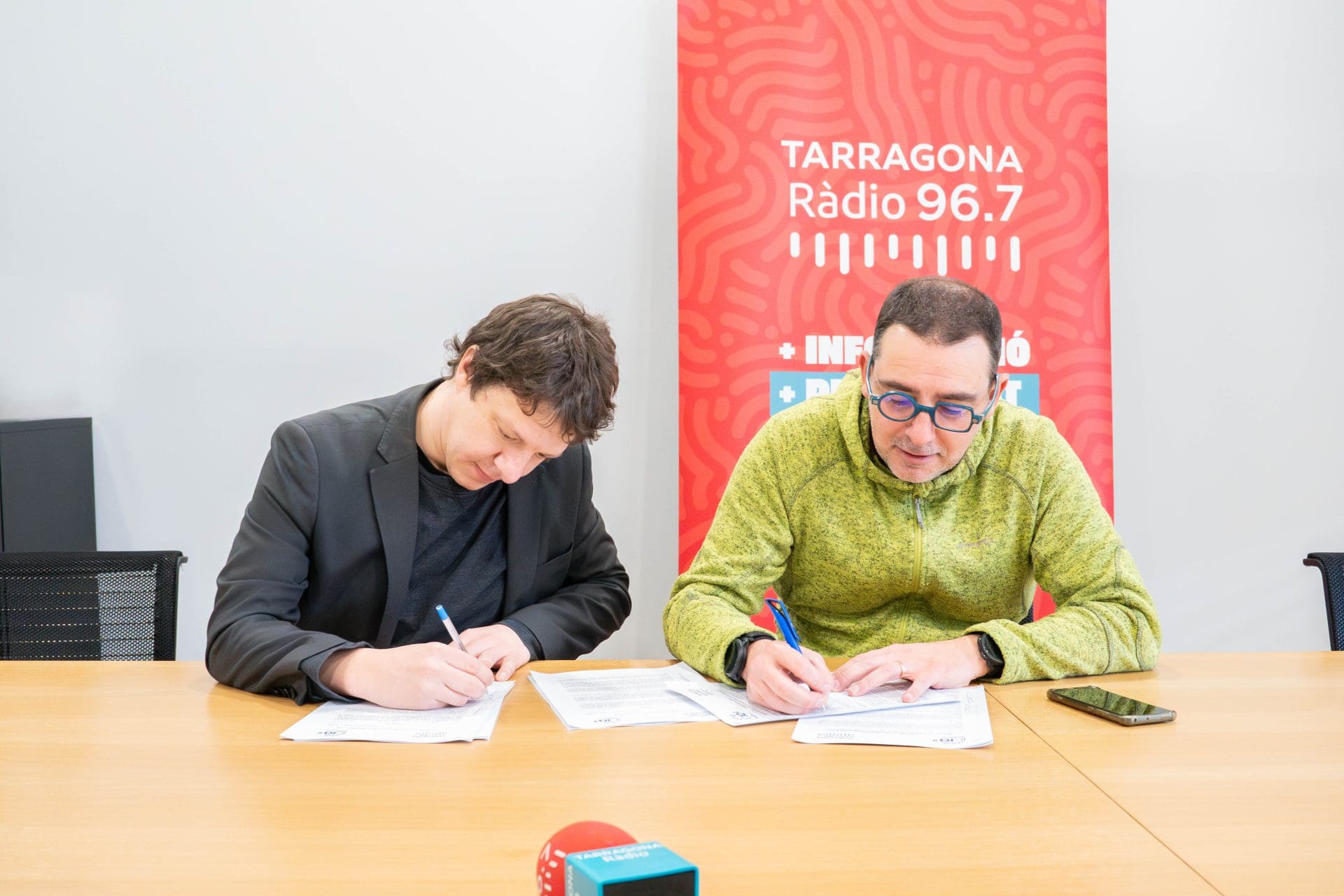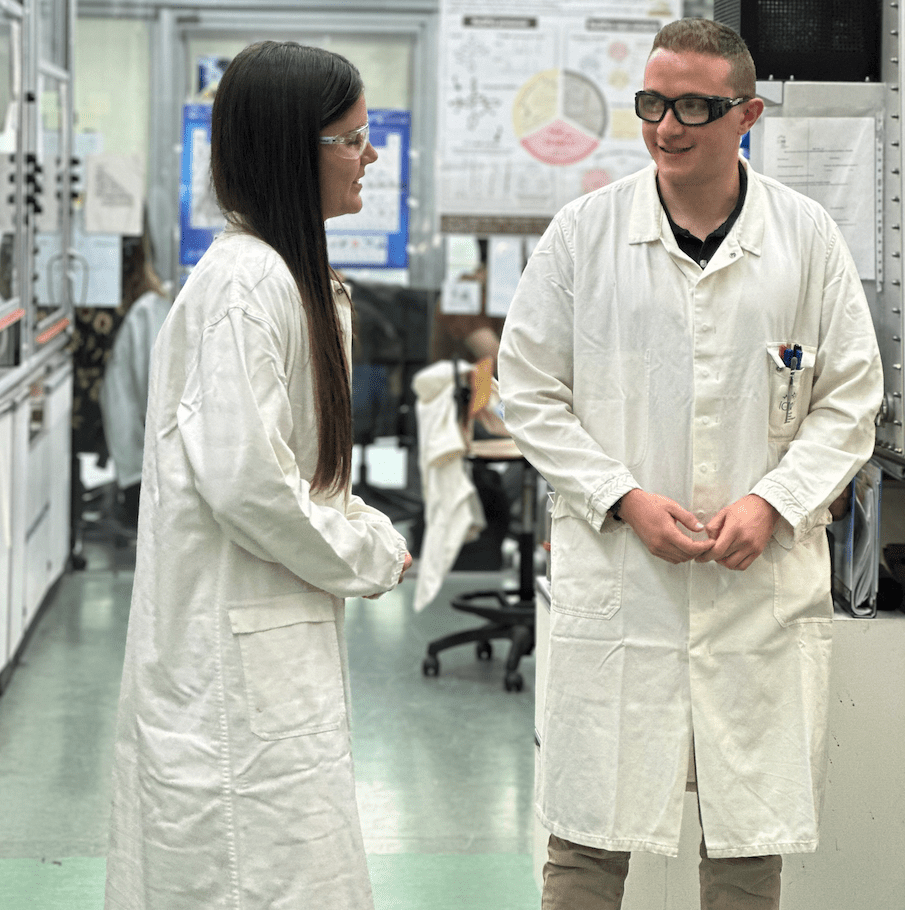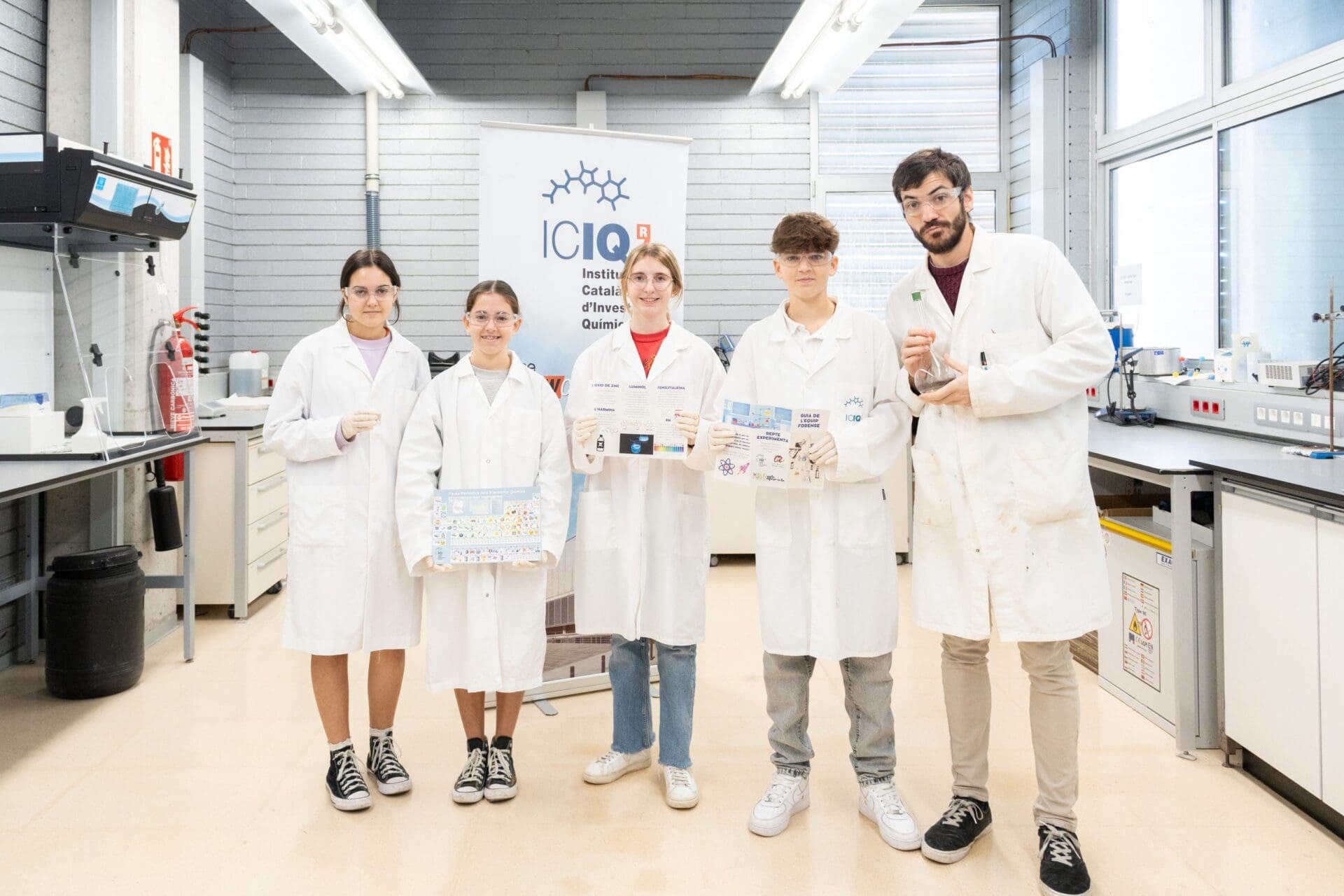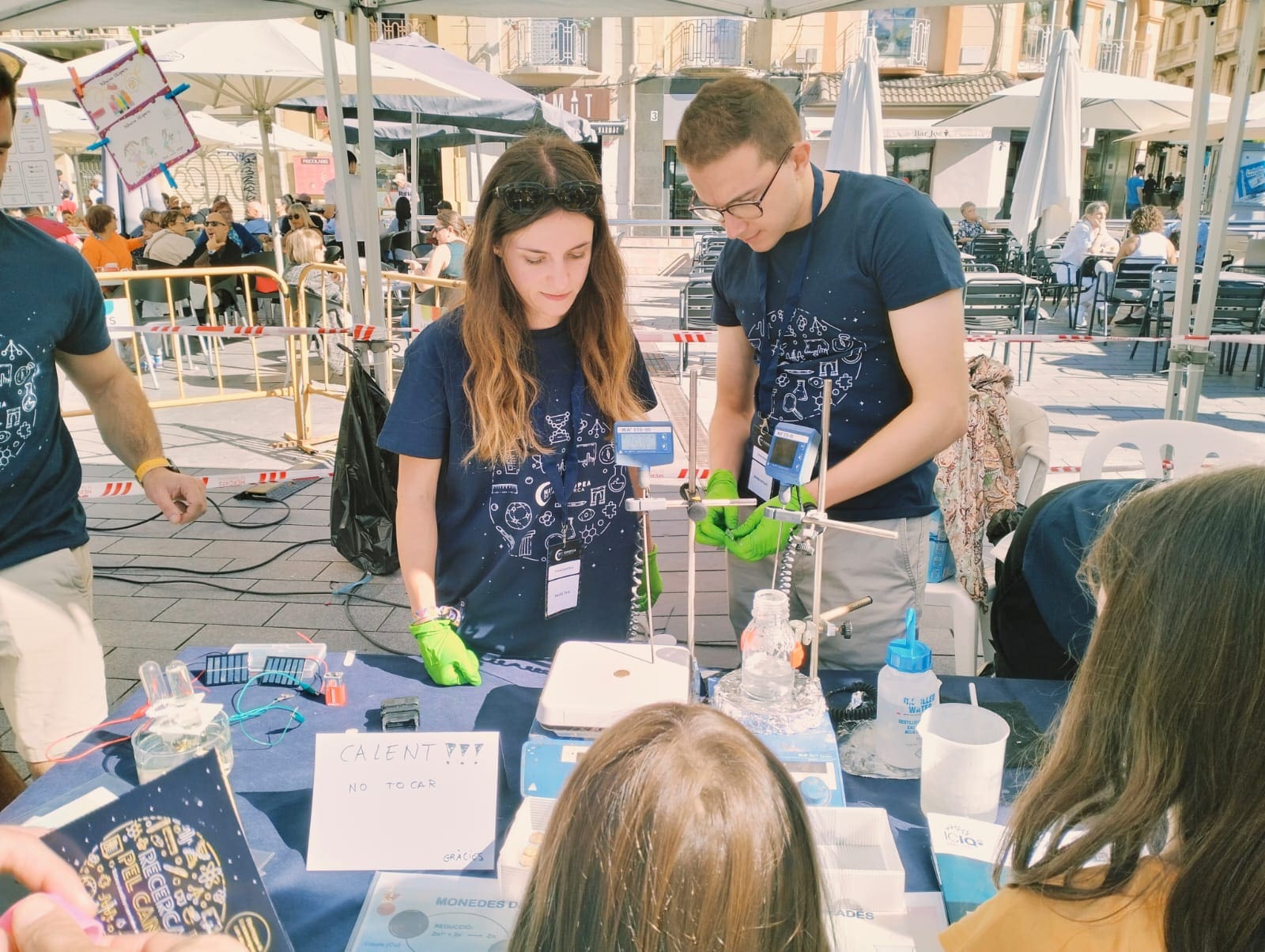Carl Djerassi, the chemist who altered the nature of human reproduction
3rd February 2015 –  Carl Djerassi, who died last Friday -January 30th-, was one of the most productive chemists of his time. He developed antihistamines, founded biomedical companies, taught chemistry and even wrote several novels and non-fiction books. But what many consider his greatest achievement was the first synthesis –in collaboration with Luis Miramontes and George Rosengkranz- of an oral contraceptive pill in 1951.
Carl Djerassi, who died last Friday -January 30th-, was one of the most productive chemists of his time. He developed antihistamines, founded biomedical companies, taught chemistry and even wrote several novels and non-fiction books. But what many consider his greatest achievement was the first synthesis –in collaboration with Luis Miramontes and George Rosengkranz- of an oral contraceptive pill in 1951.
As has happened with many scientific discoveries, the initial research that led to the pill was focused on something totally different. Djerassi was working for the pharmaceutical company Syntex using locally grown yams to produce cortisone in the search for a wonder drug for arthritis. He decided to go for partial synthesis using diosgenin as starting material and it turned out that diosgenin can also be used to prepare progestogen (the synthetic version of the female sex hormone). He accomplished the first synthesis of a steroidal oral contraceptive in October 1951 and sent the substance to a number of endocrinologists. Gregory G. Pincus and John Rock proved its efficacy in animals and humans respectively and, in 1957, the US Food and Drug Administration authorised marketing of the steroids for limited use. Three years later, Enovid, the first birth-control pill, was licensed.
Djerassi provided a contraceptive method that was a scientific breakthrough affecting human reproduction. But the important this is that this has led to a major change in society. Being able to plan motherhood was a radical change in the lives of women, allowing greater access to education and to the labor market. It was a revolution with a great impact on social organisation. It changed the nature of human reproduction and now it is seen as one of the key episodes in the 20th century social and biomedical history.
Related news

Let's create a brighter future
Join our team to work with renowned researchers, tackle groundbreaking
projects and contribute to meaningful scientific advancements






 16-04-2025
16-04-2025 



















